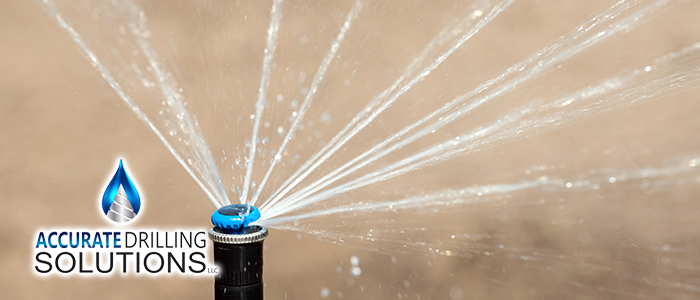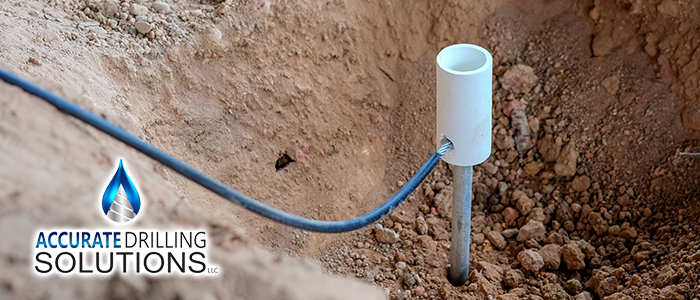
Essentially every golf course in the world has an advanced irrigation system. These systems add extra water to the course when necessary during times of rain shortage. Most courses are equipped with pop-up sprinkler systems that spray radially.
However, how do golf courses determine where, when and how much water should be administered on the golf course in a responsible manner? Read on to find out.
Where To Irrigate
Golf clubs must establish quality requirements for their courses. This requires club managers to work with players to create a dynamic course. Course designers use different types of grass across the 18 holes. The overarching goal for the designers is to have the highest quality grass on the greens. Hence, groundskeepers spend most of their time maximizing the quality of the grass in these areas. That means that irrigation is largely focused on the greens. If the club has the budget and desire for more irrigation, irrigation experts install sprinklers elsewhere. Oftentimes, owners decide to spread irrigation to the fairways and tee box as well.
When To Irrigate
In general, determining when to irrigate the golf course is done by observing several things in the field. For example, groundskeepers watch for when drought spots emerge. Additionally, they monitor the root zone to see if the grass dries out. Course managers prevent dry spots through timely and sufficient irrigation. This generally takes place before any players see drought damage on the golf course. The grass already starts to stagnate in growth while the grass still appears completely green. As a result, the club often uses quantitative and scientific data to determine when to irrigate.
How Much To Irrigate
Advanced computer simulation models are used to determine the ideal amount of irrigation. Computer simulation models describe all relevant processes that occur in the soil-water-grass system. The models also calculate whether there is still enough moisture present in the soil profile to ensure the quality of the grass. This allows the human groundskeepers to combine their knowledge with machine statistics to determine how much water the grass and soil need. For example, say the probability of rain for the next 24 hours is 0%. Then, groundskeepers know that the golf course needs some watering.
What Statistics We Need
To be able to advise where, when, and how much irrigation a golf course needs requires a few factors.
- Weather. All weather details are relevant and important. This includes previous weather conditions. Additionally, data for the future needs to be collected as well.
- Soil Conditions. Groundskeepers need to know the soil characteristics of the greens, fairways, and tee boxes. Then, the also need to know the moisture status of the soil at multiple depths.
- Grass Characteristics. Golf course grass has multiple components that must be monitored. This includes cutting height, rooting depth, and more.
If such information is continuously available at the same time, it is possible through the use of an advanced soil-water-grass model to calculate the current need of irrigation water for the golf course.
continue reading
Related Posts
Haines City: New Year Well System Maintenance Guide The start
Pinellas Park Business Owner’s Guide to Pump Systems For business
Lake Wales: Residential Well Installation Explained For many homeowners in






